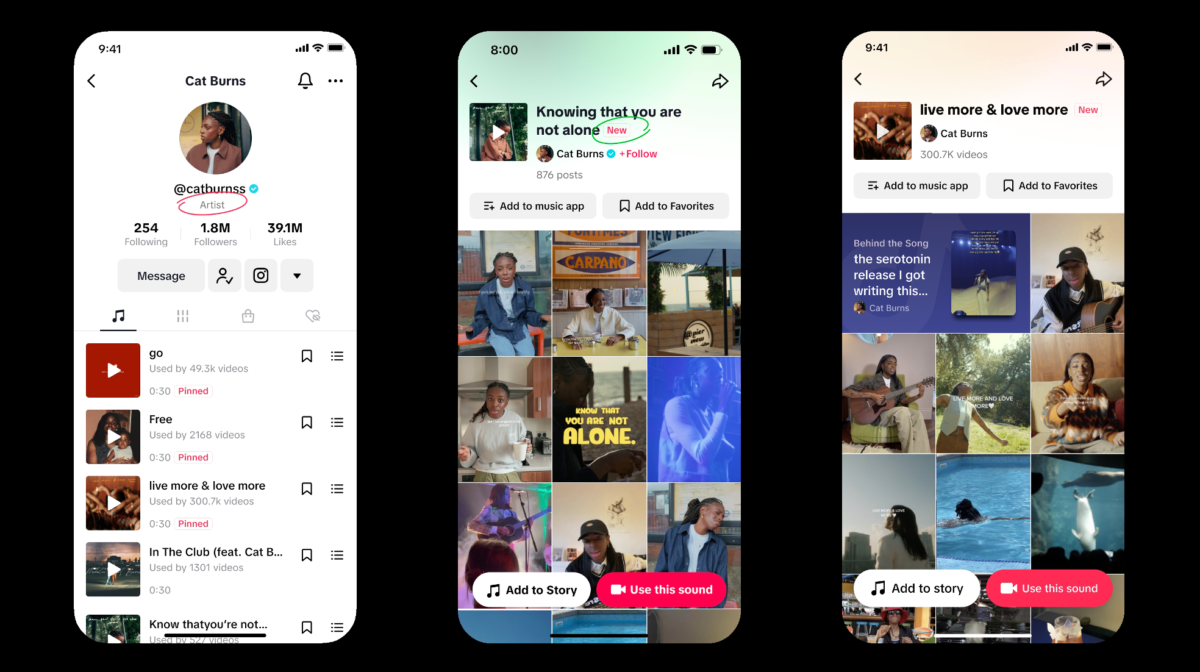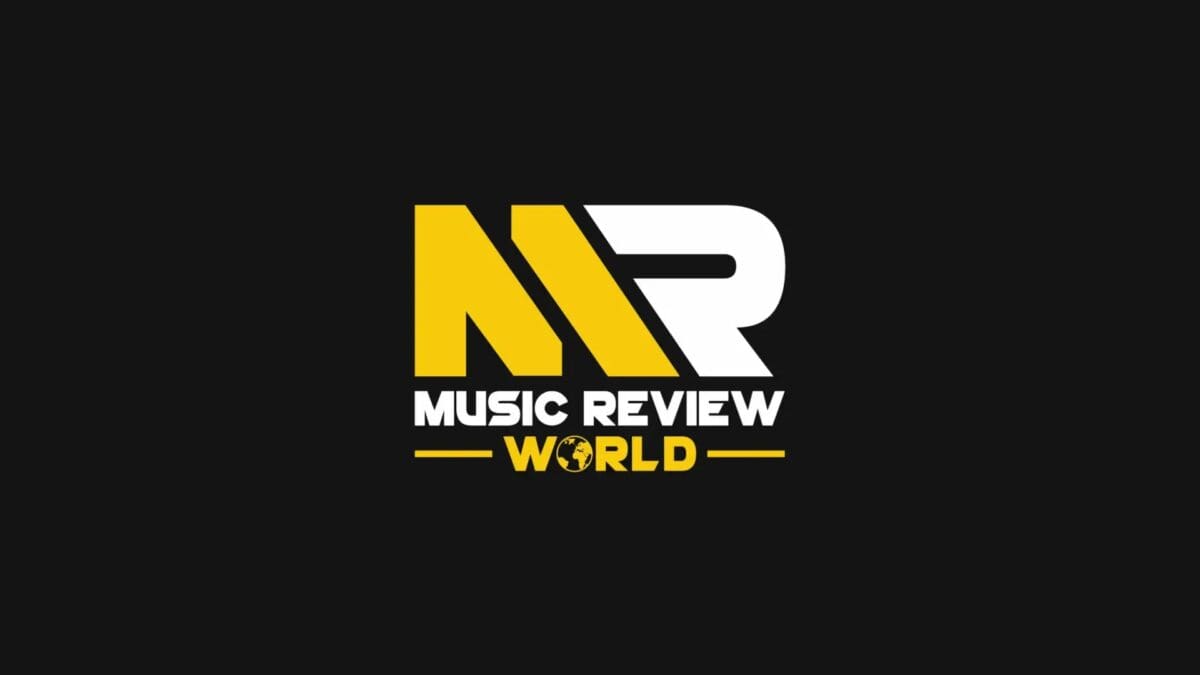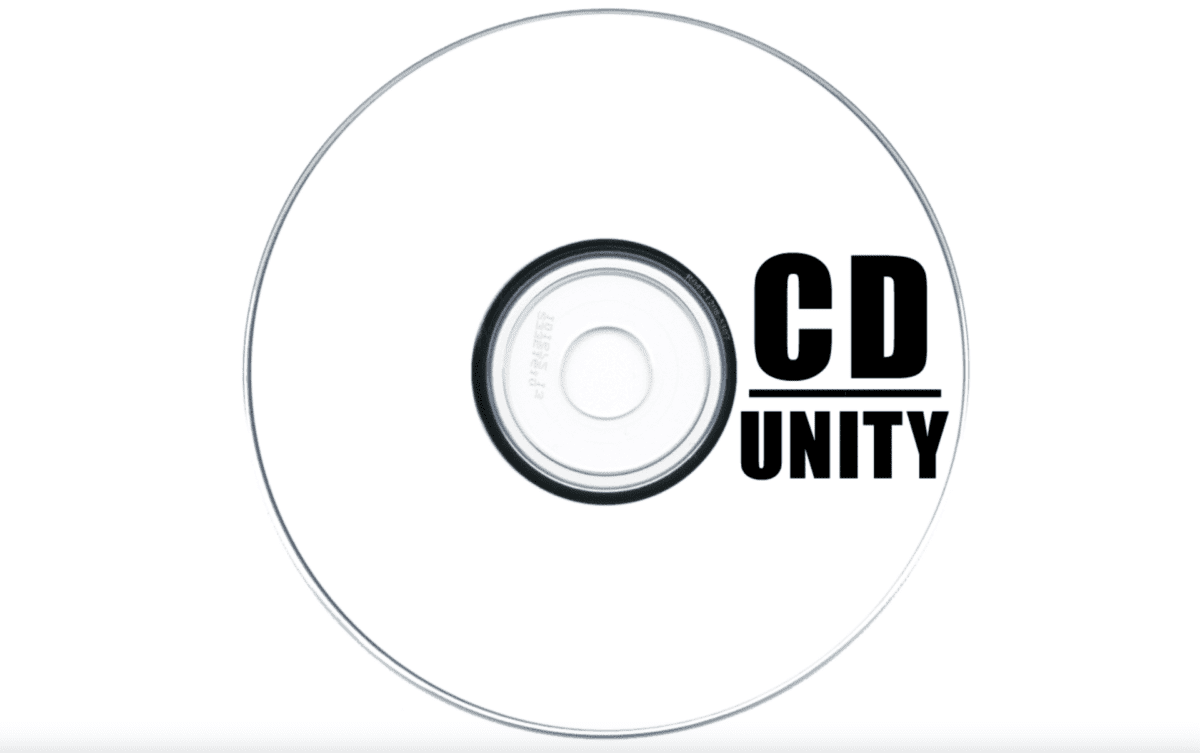Are you here to learn what is a daw? Then you’ve come to the right place! This article is dedicated to providing you with all the necessary information that you’re going to need about a daw in music. It’s super useful to immerse yourself in all of the information surrounding daw software, as it can help you to take your music to the next level. We will also give you some examples of popular daw software that you can use. So, make sure you keep reading to learn everything that you need to know with DAW explained.
What Is A DAW?
So, what is a daw in music? Well, it stands for a digital audio workstation and it’s a form of music production software. So, what is a daw software? Put simply, it allows you to record your music on your own computer. Daw software is compatible with both Windows and Mac, which means that it can be widely used for a variety of important audio tasks. This includes recording, audio editing, mixing, mastering and MIDI editing. Daw software is suitable for both professional recording studios and home studios.
How Does A DAW Work For Music?
Now it’s time to consider how it all works. A daw workstation will convert your analog audio into a digital sequence. This can then be processed on a computer, as the conversion will be created through an external audio interface. It will then appear on your computer as a music notation or as sonic waveforms, which are bars signifying MIDI commands. This data can then be manipulated through screen interaction.
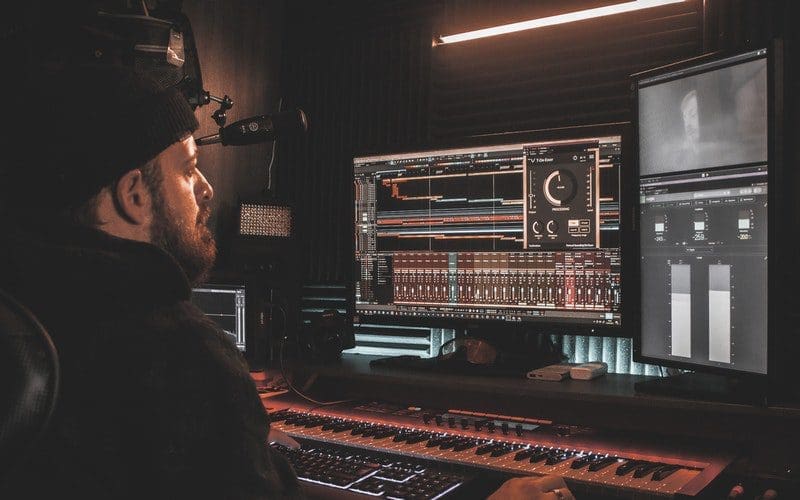
The Main Functions Of A DAW In Music
Here are the main functions of a daw in music.
Recording and Editing
This is one of the main reasons why people want to use a daw. Not only can you record through audio sequencers, but you can also record multiple pieces at once. This allows you to play them back at the same time.
This is ideal for the editing process of your music, as there are cut, copy and paste features where you can move the audio recordings. These will be in waveforms. This is great as it’s super simple to navigate, as it’s much like using Microsoft Word.
You can combine, crossfade and mute your tracks into each other. Plus, the editing process allows you to play back your creations at any point – through your headphones or speakers – whichever is the most convenient for you.
Using Audio Effects
Through a daw, you will find a variety of different audio effects to play around with. It will depend on the specific daw that you use, however the majority will offer a range of audio effects for your audio files. These can include compression, tremolo, reverb, delay, echo and EQ.
If you want more audio effects than what’s included on a standard daw, then you can choose to use third-party virtual studio technology (VST plugins) alongside the standard effects.
People tend to do this if they have a particular idea in mind that can’t be executed using the typical daw audio effects. For example, you could apply customised automations to enhance your audio with panning effects or volume fades. It’s a good idea to get to grips with the standard daw audio effects first and then work your way up.
Mixing And Mastering
One of the great things about daws is that you can use them to mix and master your tracks. Mixing refers to the combining of individual music tracks into a multichannel format. Then the mastering part of the process means that you will be processing your music into its final form – the one that you want people to listen to. You can also have music transferred into your own daw and then mix the files that you’ve been sent to produce.

Playing Virtual Instruments
You can also play with virtual instruments when you use a daw software for your music. If you wish to do this then you will need to use the MIDI commands to control the different virtual instruments to help create the sound that you’re looking for.
You can imitate the sounds that acoustic instruments can create, such as cellos, bass, drums, piano, violins and more. A popular way of using these sounds is through external MIDI sequencer keyboards
.
You can also use synths to help mimic instruments for your music, although this can’t be achieved for acoustic instruments on MIDI keyboards.
Sound Design
Using a daw can allow you to create designs and also use it for non-musical audio. This is great as it means that the daw software can be useful in other areas of your life. For example, you can record all kinds of audio on daw software, like speeches, podcasts, sound effects and more.
Daws are ideal for recording all kinds of complex audio. Therefore, daw software can be used by a range of people, from audio editors, music producers, sound designers and more.
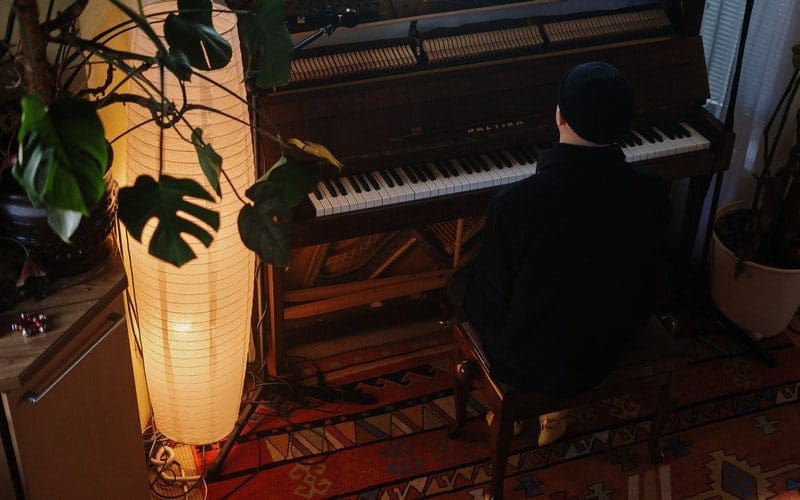
8 Types of DAW
Finding the right type of daw to suit your needs is really important, especially as the market is full of different software to choose from. Here are just eight examples of some of the most popular daw software on the market. Before you make your decision, we recommend doing your own research into the different features and price points.
- Ableton Live: Ableton Live is a particularly popular daw for creating hip-hop and electronic music. It’s compatible with both Windows and Mac software. It’s popular for its intuitive workflow and how simple it is to edit your audio.
- Avid Pro Tools: This daw is compatible with both Windows and Mac to help create the sound you desire. It allows you to create 128 audio tracks, offers thousands of sounds and there are 60 virtual instruments at your disposal.
- Image-Line FL Studio: This daw was developed by the Belgian company Image-Line. It provides users with many different functions and is especially popular with producers who create electronic dance music (EDM), as they offer pre-recorded drums and loop sounds. The user interface is simple to use, and this software is available in four different editions. Make sure you research each of them to see what’s on offer. Plus, it’s compatible with Mac and Windows.
- Steinberg Cubase Pro: This daw is popular for its ease of use and audio recording capabilities. It also has a good section of MIDI-based virtual instruments, so that you can edit your music to sound exactly how you want. You can use it with either Windows or Mac machines.
- Apple Logic Pro: This daw was developed back in the 1990s in Germany before Apple bought it in 2002. It’s a popular all-purpose daw that offers high quality recording of audio files. It’s important to note that Apple Pro Logic is specifically designed for use on Mac software.
- Audacity: Audacity is a free audio editing programme with plenty of features. For example, it offers import/export features, sound effects, keyboard control and shortcuts. While it doesn’t offer as many other functions as daws that you pay for, this can be a great option to try out a daw for the first time and see if it’s worth it. It’s ideal for producers on a tight budget, as you can still produce high-quality music with this free daw. Also, it’s compatible with a range of systems, including Mac and Windows.
- MOTU Digital Performer: This is a popular daw for syncing MIDI and audio for films. If this is an area that you wish to focus on, then MOTU Digital Performer seems to be a good choice. You can seamlessly drag and drop your audio clips into the window cells to trigger and loop them. It’s compatible with both Mac and Windows operating systems.
- GarageBand: This daw software is owned by Apple and there are a lot of similarities to Logic Pro. However, GarageBand can be considered a stripped-down version of it, meaning that it will cost you significantly less. This is ideal for newer music producers as it allows you to get to grips with many of the features. As it’s owned by Apple, the daw software is only going to be compatible with Apple’s products, like IOS and Mac.
Final Thoughts
That completes our guide to what is a daw in music! We hope that we have successfully answered your question ‘what is a daw in recording’ and that you now feel confident going out there and trying out the software.
Producing music is an art form in itself and you need to feel confident and trust in the process. This is where a daw comes in, as it allows you to seamlessly edit, mix, master your music and so much more.
Remember to do your research into the different daw software that’s out there so that you find the one that aligns with your needs and goals. Finally, ensure that you check that your software system will be compatible with your chosen daw.
Are You A Musician Or Artist?
Get Free Music Distribution and find opportunities to get your music in film, TV, and more through sync licensing. Plus get Music Supervision, Music Publishing, Music Marketing, Artist Development and utilize our Free Artist Websites and Rap Name Generator. Finally, you can amplify your music to those that need to hear it with music promotion, TikTok promotion and professional sharing tool. Why not give the gift of music today with our Gifts for musicians package?
Try all of this out for yourself by joining Мusic Gateway. Get your free trial, no strings attached.






